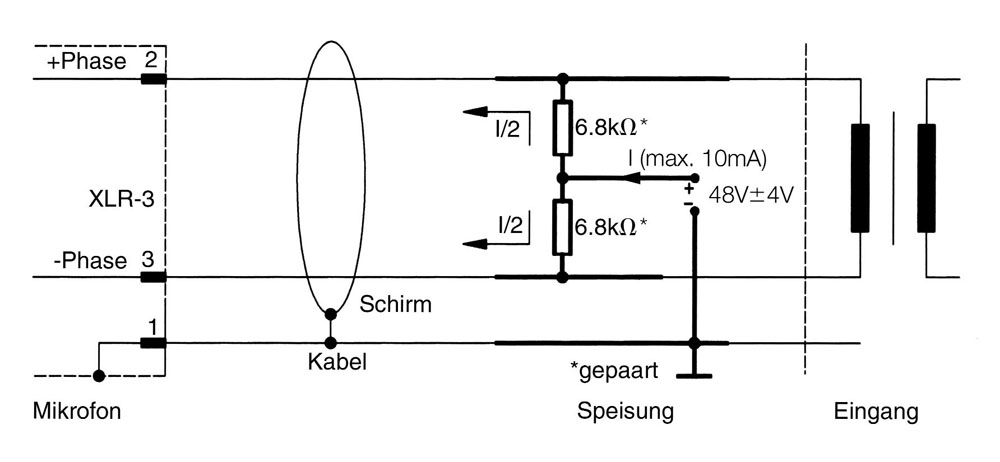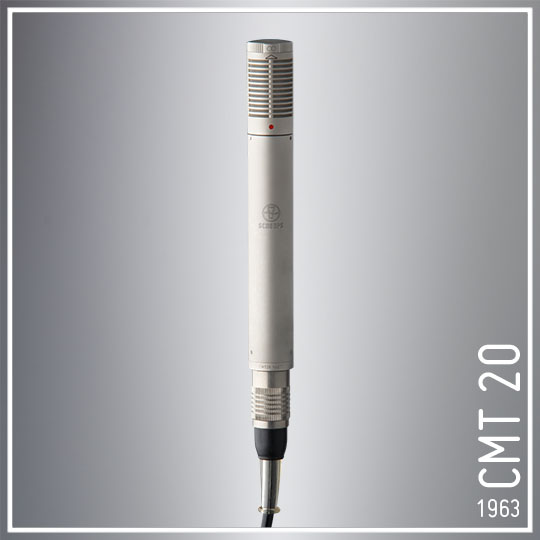Historical context
In the vacuum-tube era, the cables for condenser microphones were heavy, expensive and troublesome. They required separate internal wires for powering, with different connectors and wiring depending on the type of the microphone. Dynamic microphones, on the other hand, all required just two conductors and a shield. When transistorized condenser microphones were introduced in the early 1960s, it became possible for condenser microphones to use the more flexible and reliable cables that dynamic microphones used, with power being delivered through the same wires that simultaneously carried the audio signals.
There were two main ways to power such microphones. One was 12-Volt parallel (a/k/a "T") powering, which was adopted by Nagra and Sennheiser early on, and thus continued to be used by film sound recordists for quite some time. But studio engineers typically use larger numbers and more different types of microphones, and they soon came to favor phantom powering because of its safety and compatibility. At that time, condenser microphones were more expensive and fragile than they generally are today, so they were often reserved for special occasions such as recording a prestigious soloist. Dynamic microphones were used for much if not most day-to-day work, and phantom powering is generally safe for them, whereas "T" powering can easily damage them (particularly ribbon microphones). In addition, when working with multiple microphones and sound sources, phantom powering offers better inherent freedom from “crosstalk” among the different microphone signals.
The French broadcasting system adopted a 10-12 Volt phantom powering method with the positive pole grounded, and Schoeps, their principal supplier of condenser microphones, started making microphones for this form of powering in 1963-64, the CMT 20 series. These microphones used an innovative, patented radio-frequency bridge circuit and transformerless output circuitry designed by Dr. Willi Küsters, the co-founder of Schoeps. They were distributed by Telefunken, Siemens and Philips.



